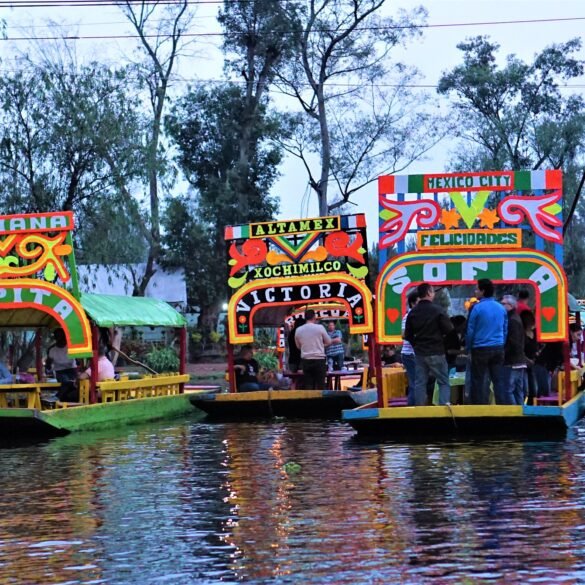When I was 22 years old, I made an unusual promise to myself. I decided that by the time I turned 40, I would speak Spanish. I don’t know why I made this promise. At that time, Spanish was irrelevant in my life. I had no exposure to the language in my daily life; I didn't need it for work or to communicate with friends; and I had yet to visit my first Spanish-speaking country. The whole thing made very little sense. But life works in mysterious ways, and 17 years later, here I am, on track to keep my promise. Sure, my level is still very basic, but I have enough Español to hold a conversation and get around a Spanish-speaking country without resorting to English. And for now, that’s more than enough.
But how did I get here?
In 2005, when I made the promise, I was fresh “off the boat,” having arrived in the US only two years prior, and was still learning English. Naturally, Spanish wasn't my top priority, and I had to shelve the idea of learning it until later.
My first trip to a Spanish-speaking country was in 2006 to the Dominican Republic, to an all-inclusive resort of all places (the first and the last time I went to an all-inclusive resort), where for 6 straight days, Julia and I communicated with the staff only in English. The following year, we went to Puerto Rico; yet again, I didn't even try to learn anything beyond “buenos dias” and “gracias”. The year after that, we discovered what became our favorite city in the world, Mexico City, but again, no hablo español. Two weeks in Spain in 2010. Not a single word of Spanish. The word “tapas” doesn't count. You see the trend.
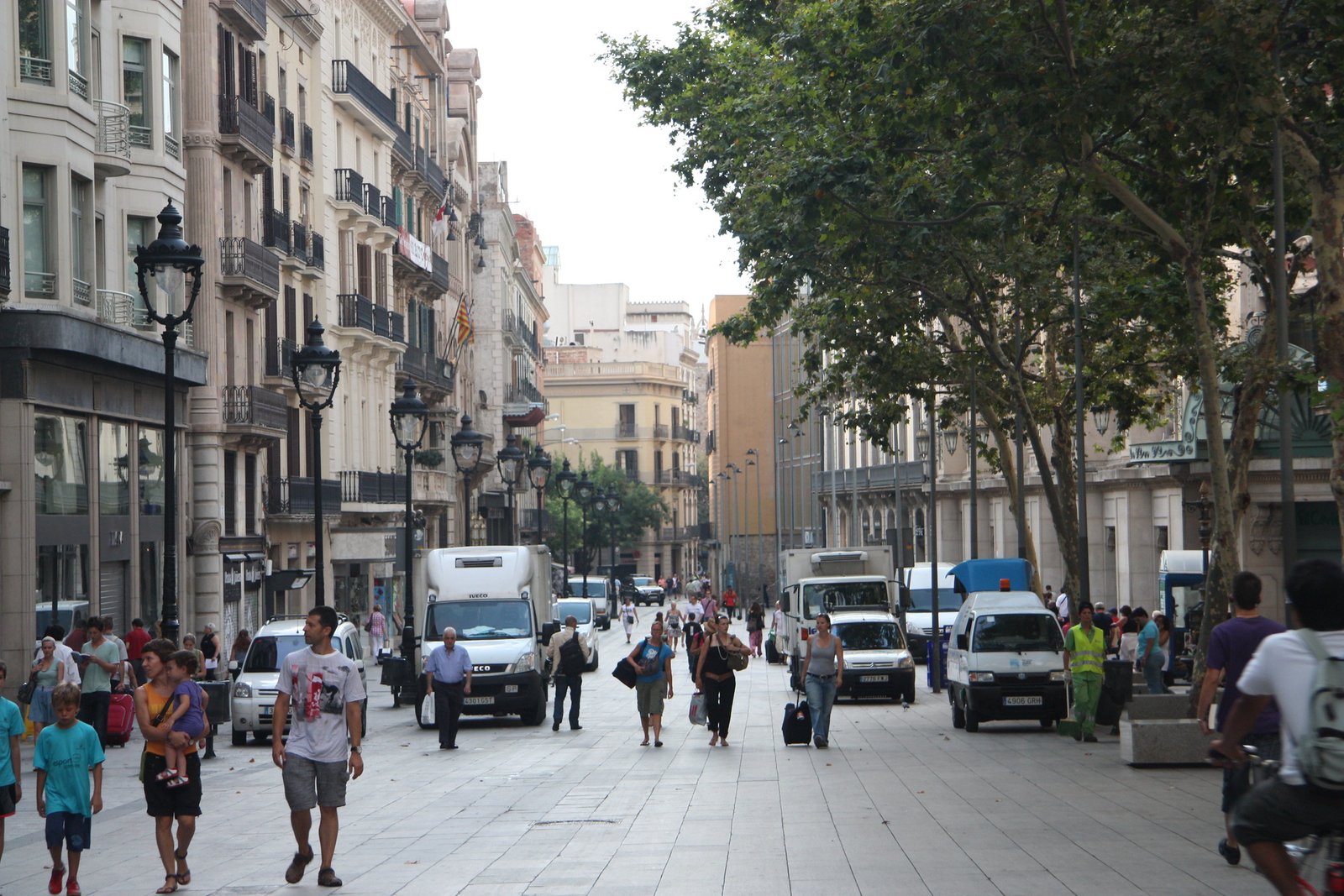
However, what began to develop during these travels to Latin America, the Caribbean, and Spain was that Spanish words started to seep into my consciousness, becoming tied to the excitement of travel. On these trips—in airports, restaurants, and museums—I saw and heard more and more of the same words: entrada (entrance), salida (exit), abierto (open), cerrado (closed). The passive learning through constant exposure via regular trips started to rub off on me and work its magic.
In 2012, while in Buenos Aires, I had my first serious thought about learning Spanish. We were in a coffee shop, and I picked up a newspaper. The headline on the front page screamed something about corruption in the local government, and I remember having regrets for not knowing how to read Spanish to get a valuable scoop and insight into local life.
The benefit of knowing Spanish was also manifested in how easy it was to get around Argentina when traveling with someone who speaks the language. We were in the country with our friend Ayala, who was visiting relatives in Buenos Aires. Ayala spoke fluent Spanish and was our reliable translator for two weeks. The entire trip was just a breeze without major hiccups. In Buenos Aires, we met her relatives, who showed us around. One day, Ayala’s cousin Daiana took us on a walking tour of the colorful La Boca barrio. As Ayala and Daiana walked in front of us, catching up on the family news in beautiful Spanish, Julia and I were goofing around. Like two clumsy parrots, we cherry-picked their conversation and started to ask each other the same question, “cómo?” (how?) with a non-sensical answer—“mucho” (much!). The entire dialogue was absurd, a pure mockery of Spanish we overheard and probably an unconsciously jealous reaction triggered by our inability to understand the language. It went something like this:
- Cómo?
-Mucho!
- Cómo mucho?
-Mucho como!
- Cóooooomo?
-Muuuuuucho!
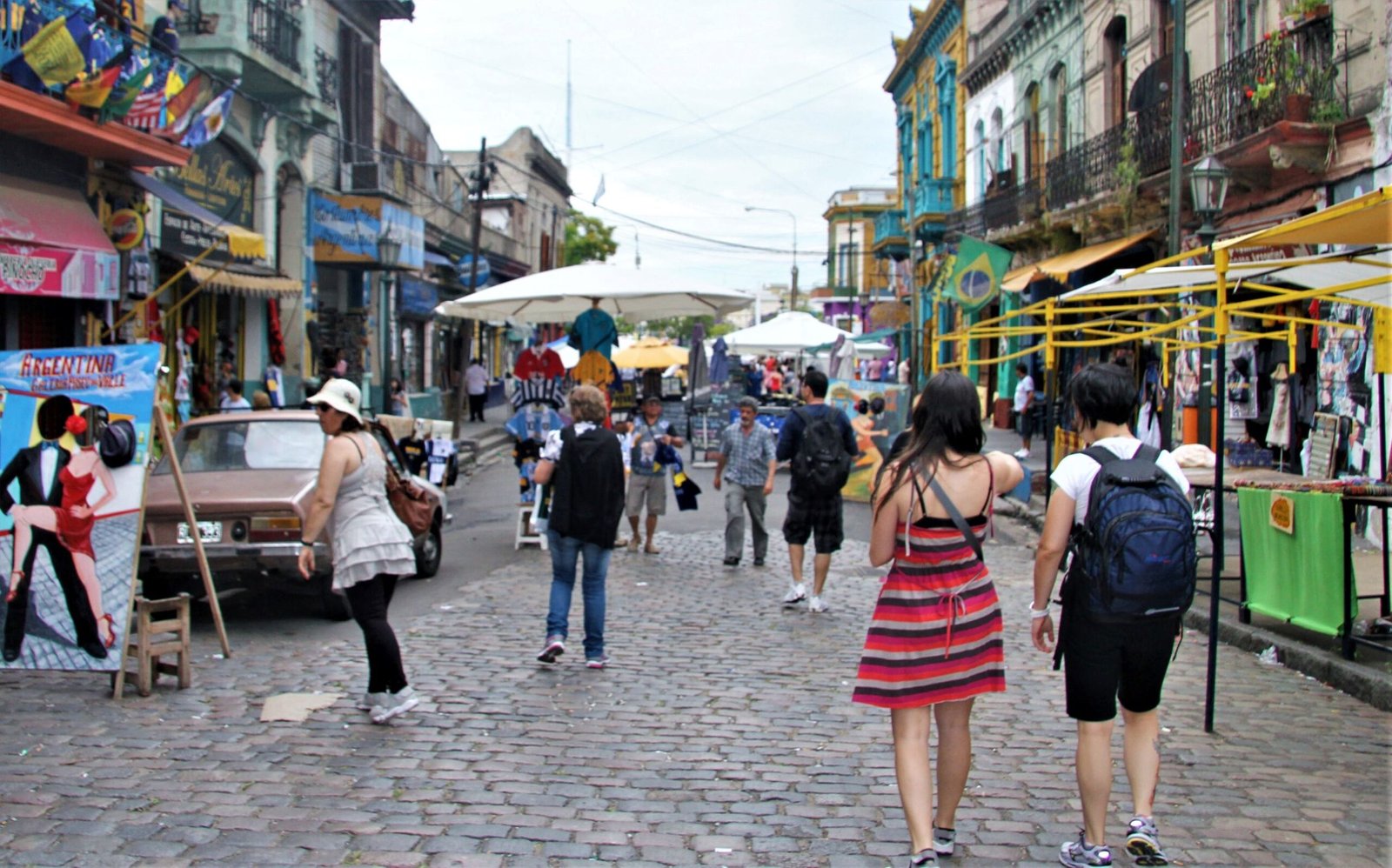
We would switch intonations, speech speed, and accents to create an illusion of a real conversation, but it was all gibberish nonsense. After hearing this annoying dialogue for a good five minutes, Ayala finally had enough, turned around, and asked:
“What are you two weirdos doing?”
“Nothing!” I blurted out.
“Spanish!” Julia confidently said. “Cómo?”
Ayala sighed, slowly coming to terms that she was traveling with two idiots.
“You have to say Mucho!” Julia yelled at her back, and we both giggled.
But in all seriousness, Buenos Aires was the first place where I started to have a nagging thought for the next five years that I needed to learn Spanish.
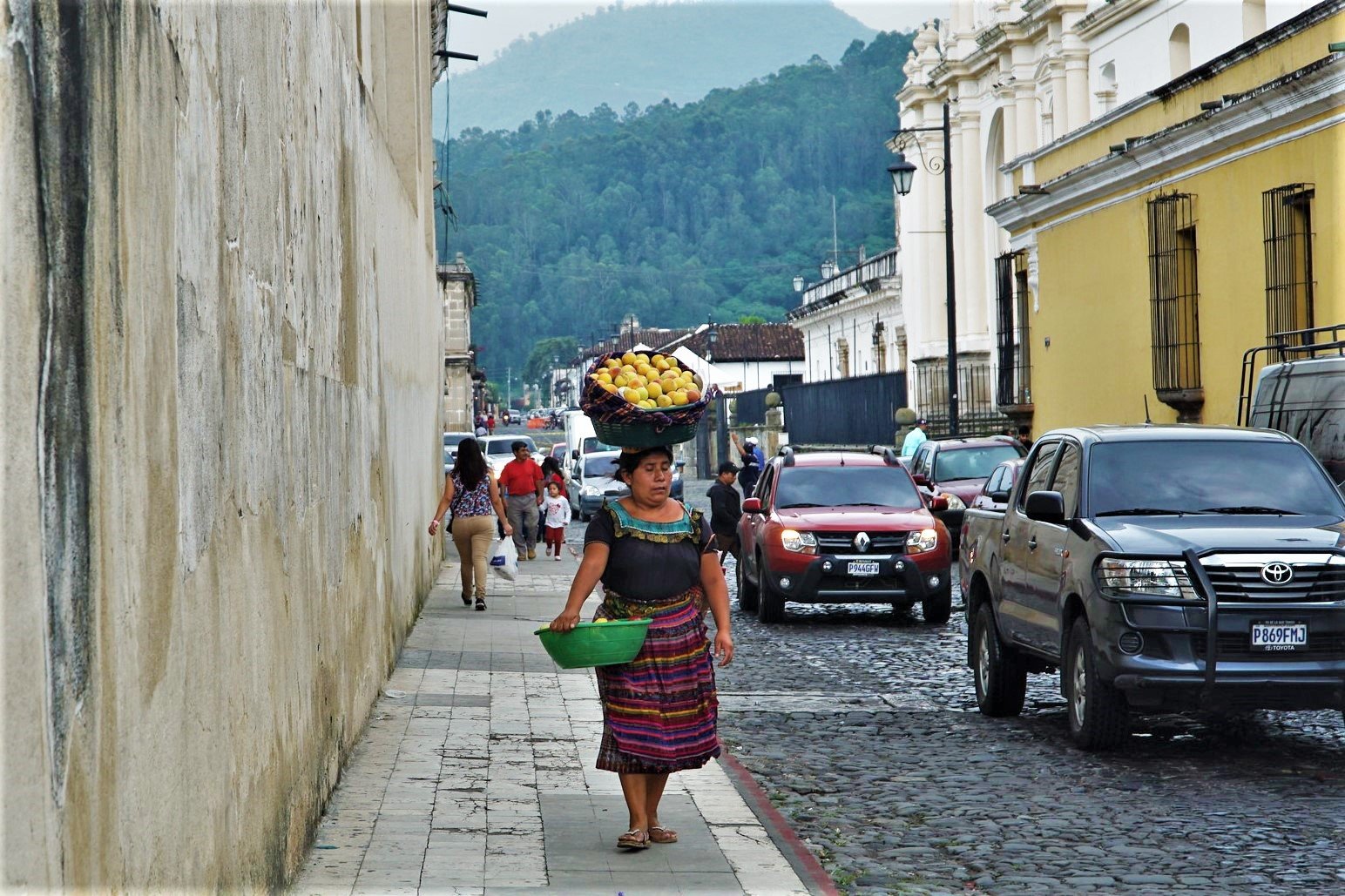
Two years later, in Panama City, I made my first genuine, yet awkward, attempt to speak Spanish. I was at the entrance to an archeological site on the outskirts of the city, but the place was closed. I approached the security guard and conjured up several words I knew (abierto, cerrado) into one full but, most likely, grammatically incorrect sentence, asking him about the opening hours. The guard responded, but my Spanish quickly ran out to understand his response. He kept saying “martes, martes” which meant “come back, Tuesday”. But I was just staring at him, not knowing what he was saying.
The turning point when I finally realized that it was time to get real about Spanish was during our trip to Guatemala in 2017. As we were gliding through the shimmering blue waters of Lake Atitlan, I kept repeating in my head “trenta cinco” “trenta cinco”, trying to determine what our fare for the boat ride was that the boat captain quoted on the shore (it was 35 quetzals). Sitting in that rickety boat in the middle of the lake, surrounded by the beautiful Guatemalan volcanoes, I had to admit to myself that despite traveling extensively to Spanish-speaking countries for more than a decade, I still didn't know numbers in Spanish or how to communicate, even on a basic level, with the locals. That needed to change.
I came back from Guatemala a different person, determined to devote more time to learning Spanish.
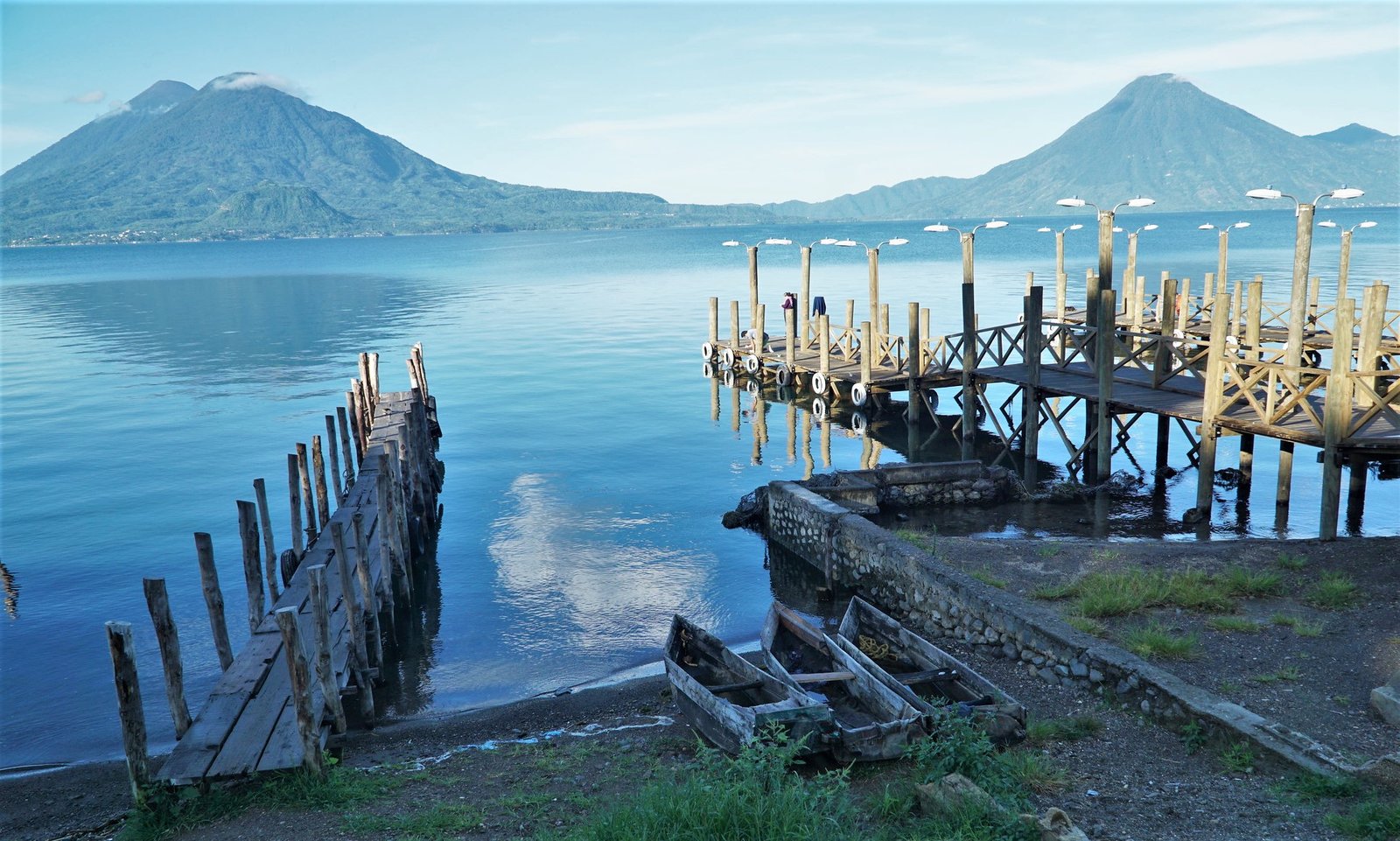
Next week - Cómo yo aprendo Español.

